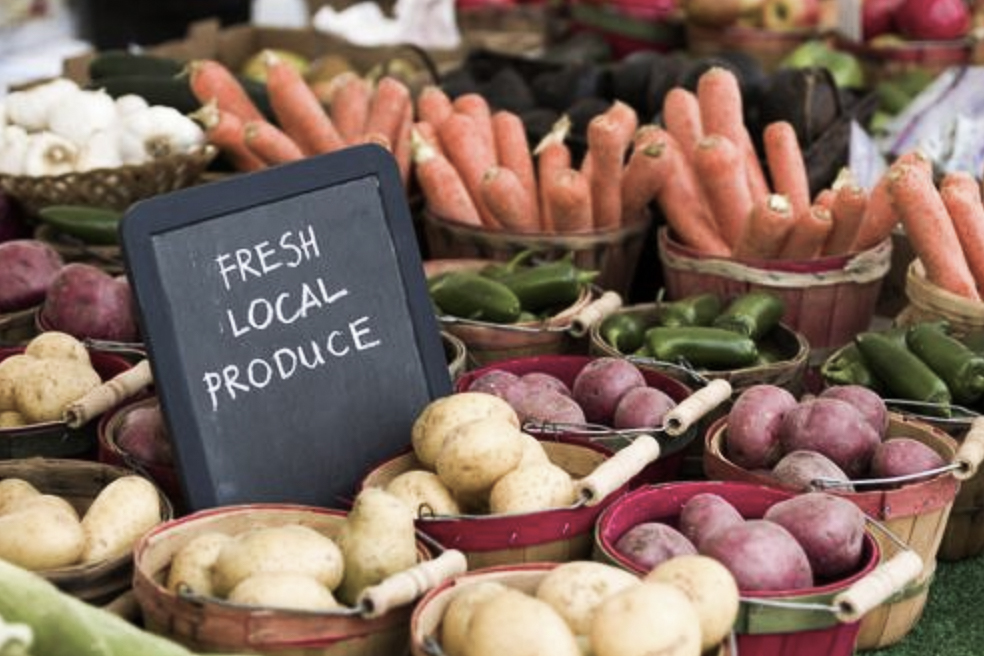Stage 2. Meerssen (NL) to Spaubeek (NL)

The area around Meerssen was already inhabited during Roman times. In 1865, the priest and amateur archaeologist Jozef Habets discovered remnants of the Roman villa Meerssen-Onderste Herkenberg on Houthemerweg, which is known as the largest Roman villa in the Netherlands.
In the early Middle Ages, Meerssen was home to a Palts (royal palace), a fortified court that was used as a residence for Frankish monarchs such as Charlemagne/Carolus Magnus. After all, the palace was close to the important trading and pilgrimage city Maastricht and not far from the center of the Frankish empire, Aachen/Cologne.
In 1222 happened according to the tradition a “blood miracle” in the church of Meerssen, which resulted in a run of pilgrims. Due to the many pilgrims the Benedictines were forced to build a larger church, the “Basiliek van het Heilig Sacrament” or “Sint-Bartholomeusbasiliek“. Meerssen has remained a place of pilgrimage till this day.
Spaubeek is a quiet village with even a train station. Near the Sint-Laurentiuskerk (church) is a large square where you can park for free and from which you can easily discover Spaubeek.
Spaubeek originated from a group of houses in the area, of which Hobbelrade is the most beautiful. Here you can admire a long series of old farmhouses, including a large half-timbered farmhouse. Above all Spaubeek is a hiking paradise from the village you are immediate in the middle of nature.
Overview map:

Stats:
| Start: | Meerssen (NL) |
| Coordinates (DD) | 50.884016 / 5.754983 |
| End: | Spaubeek (NL) |
| Coordinates (DD) | 50.937221 / 5.841035 |
| Distance: | 20,6 kilometers |
| Uphill: | 180 meters |
| Downhill: | 170 meters |
| Path, dirt road, gravel, nature trail: | 95% |
| Asphalt, road: | 5% |
| More additional info like GPX track: | Go to Komoot* page here… (external) |
| Print: | Click for download here…(pdf) |
- *Komoot is a navigation and route-planning app that enables you to create and follow routes that are based on walking/riding type and ability. Be aware you have to sign up for free to have access to the app.
See or share with QR code:

You will see stage 2. when you scan the QR code (app Komoot).
Highlights:
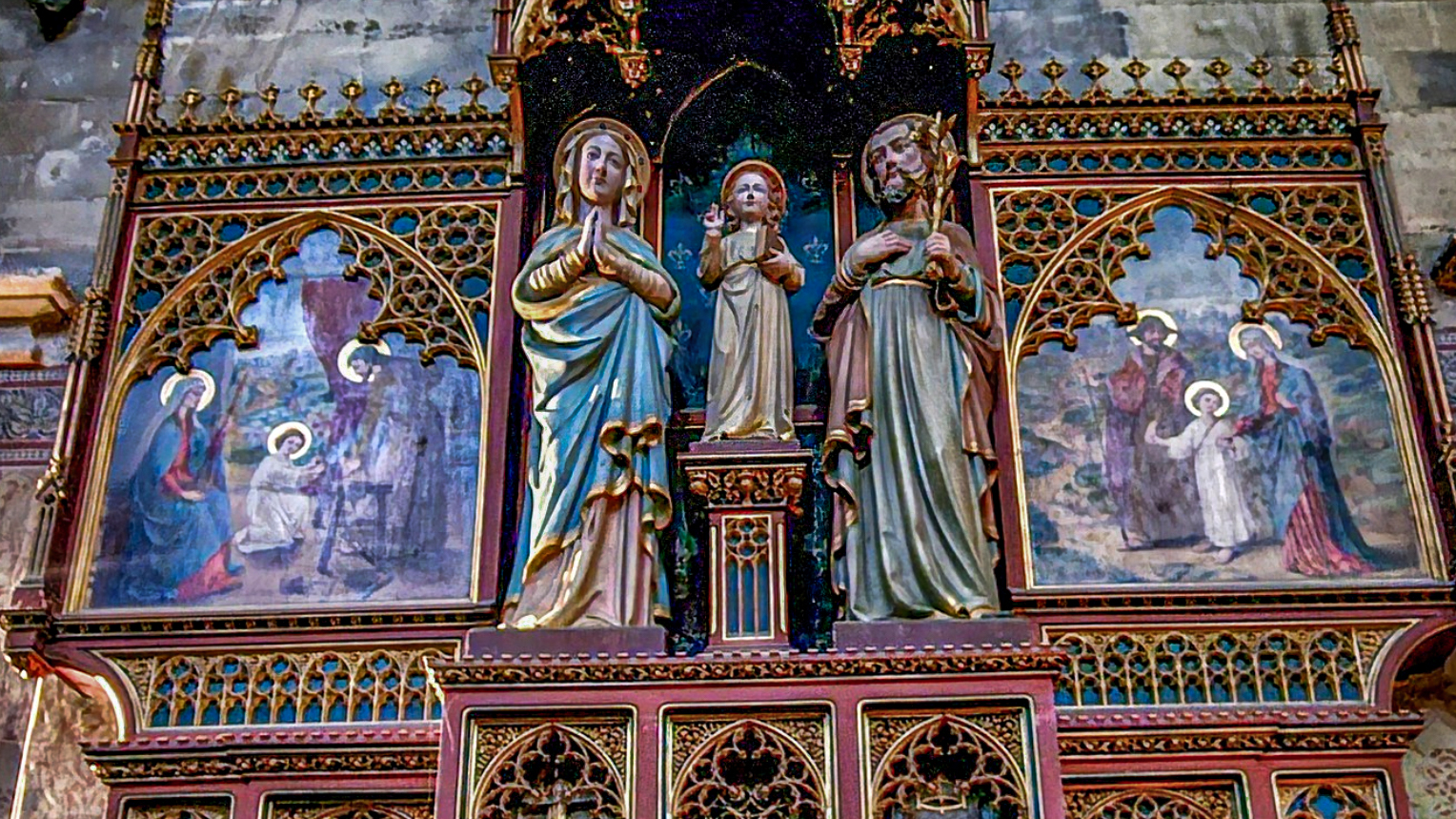
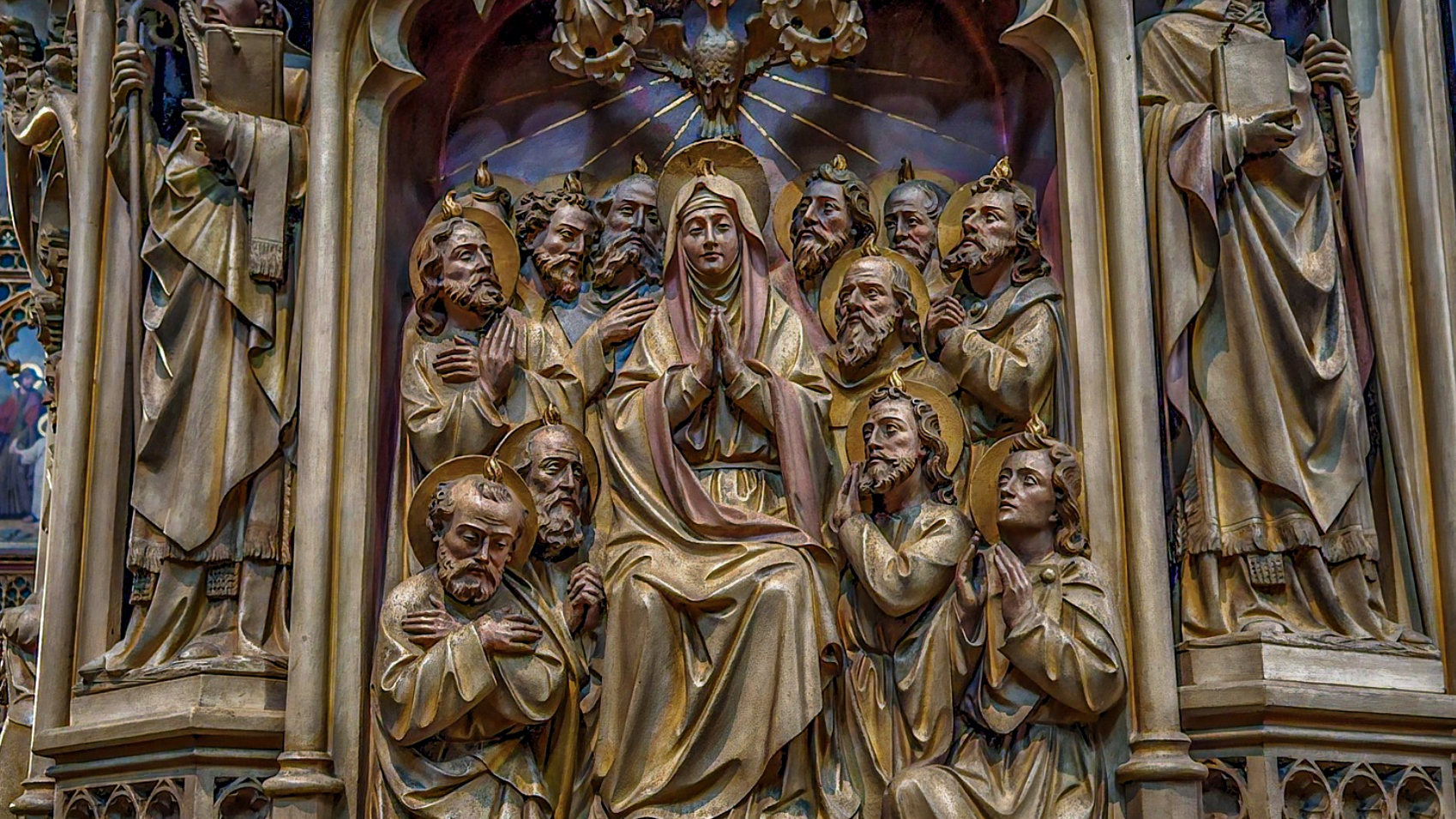
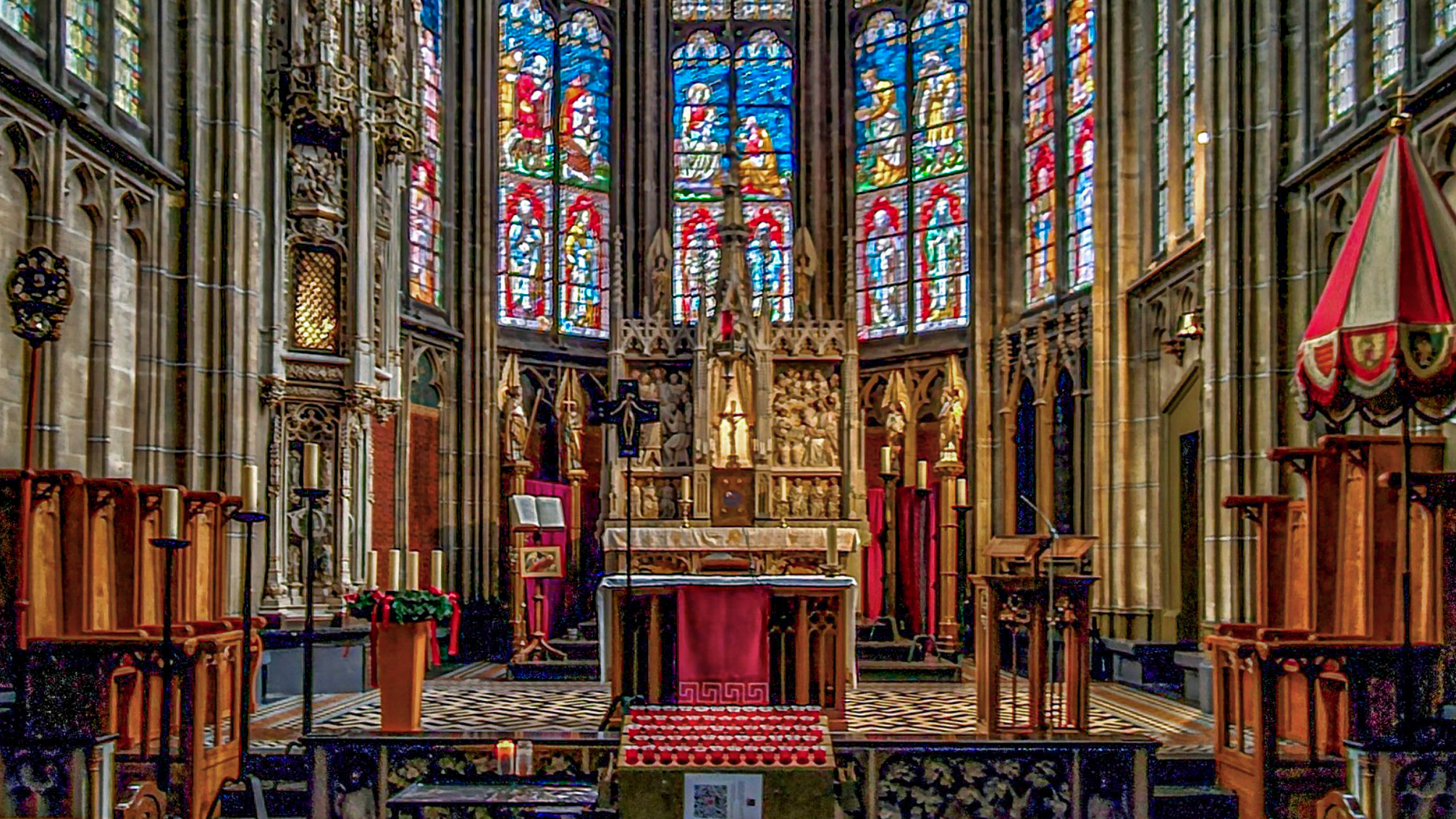
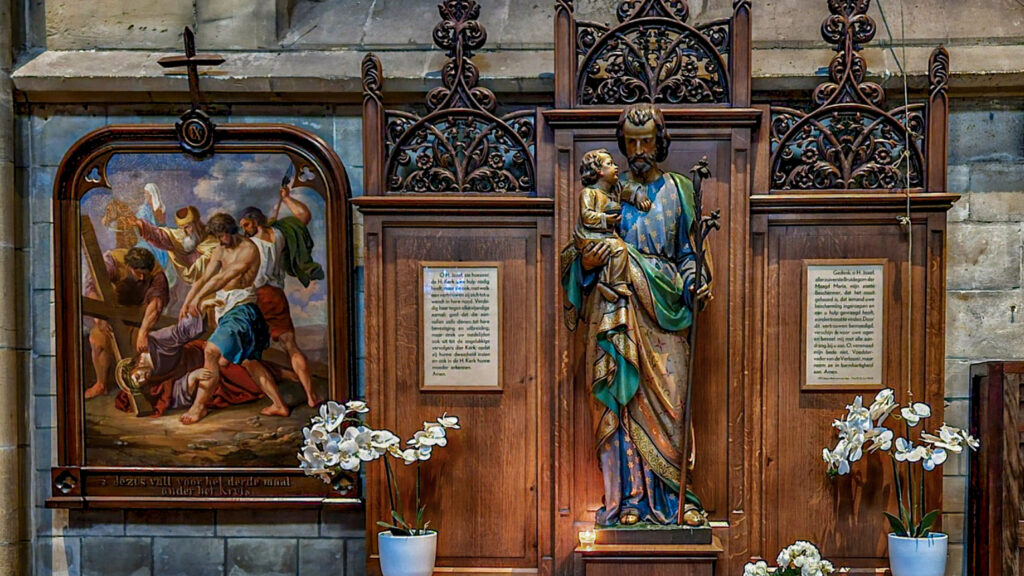
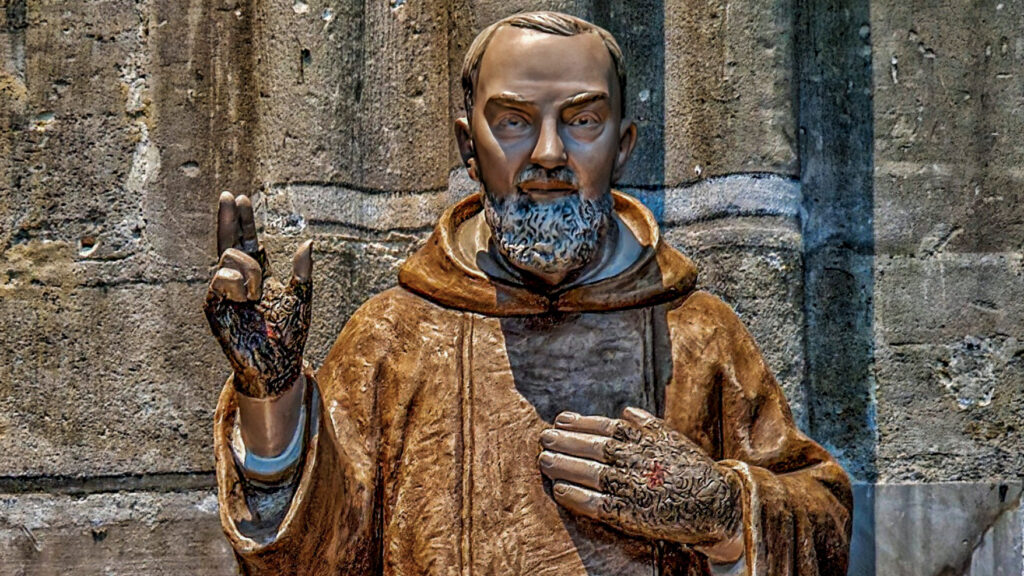
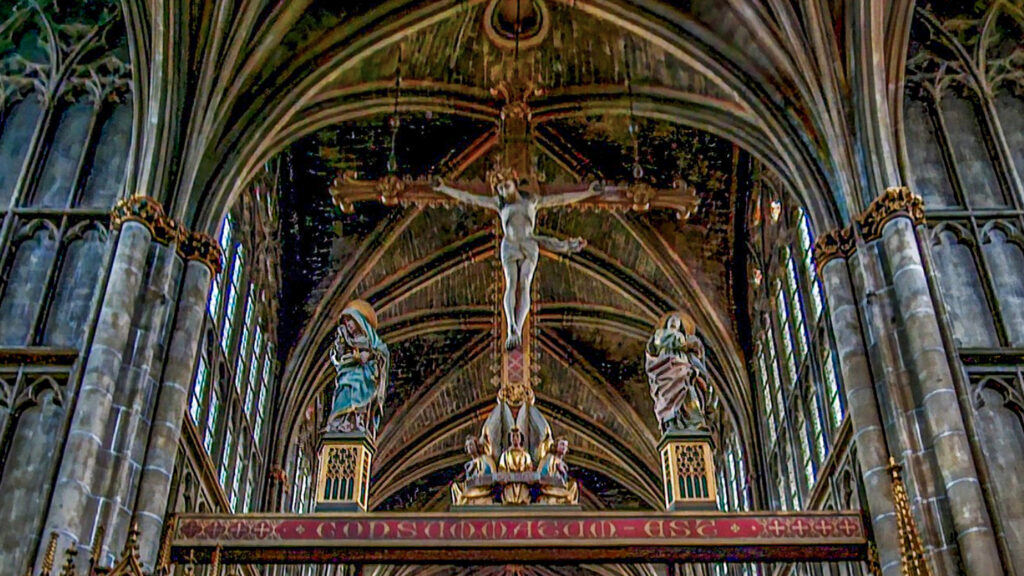
Specific local info:



Roman history
Magnus Carolus
Water sources
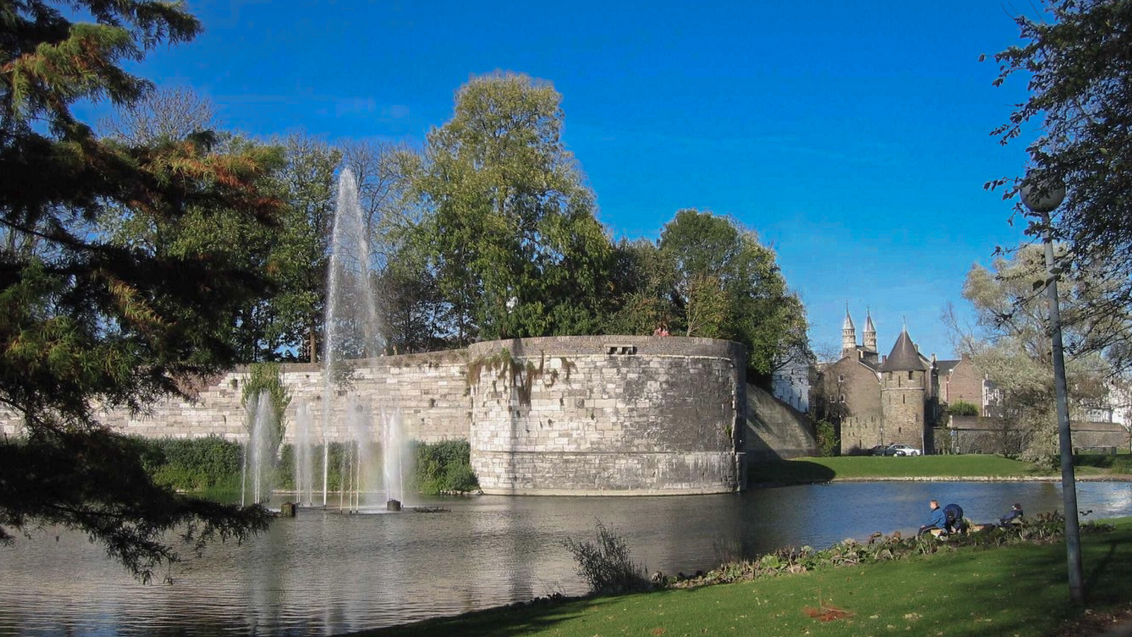
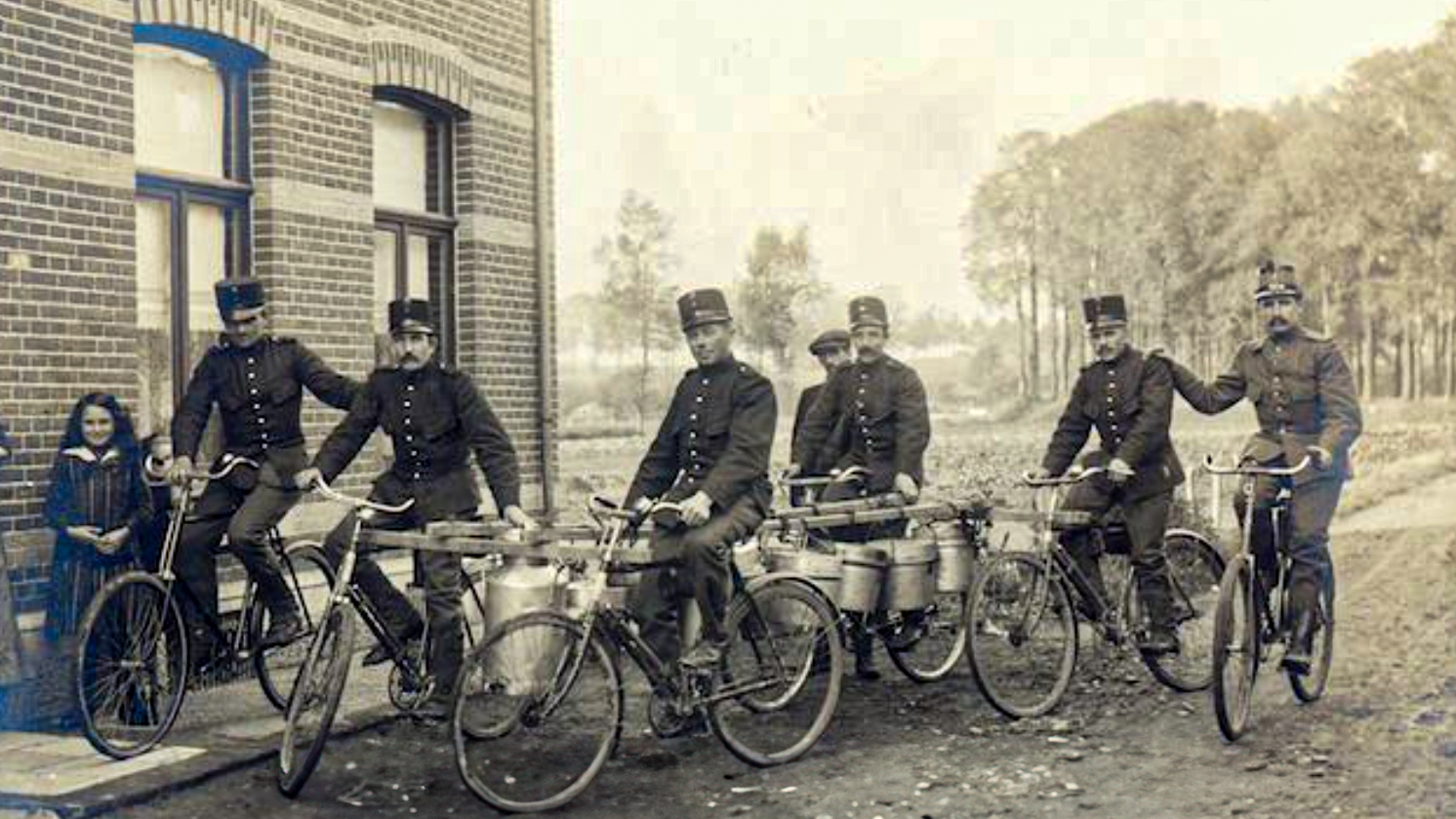
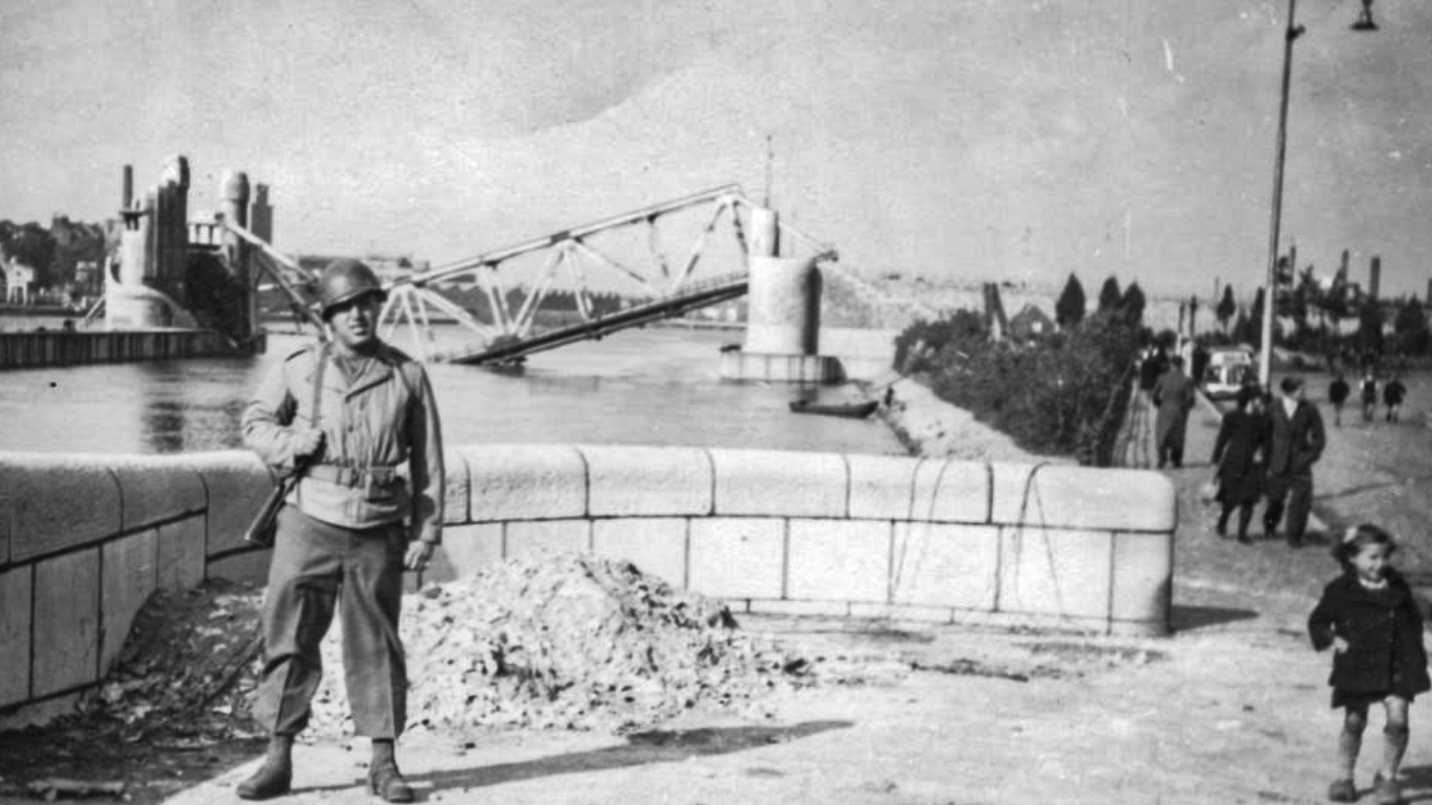
Nature
WW1
WW2
